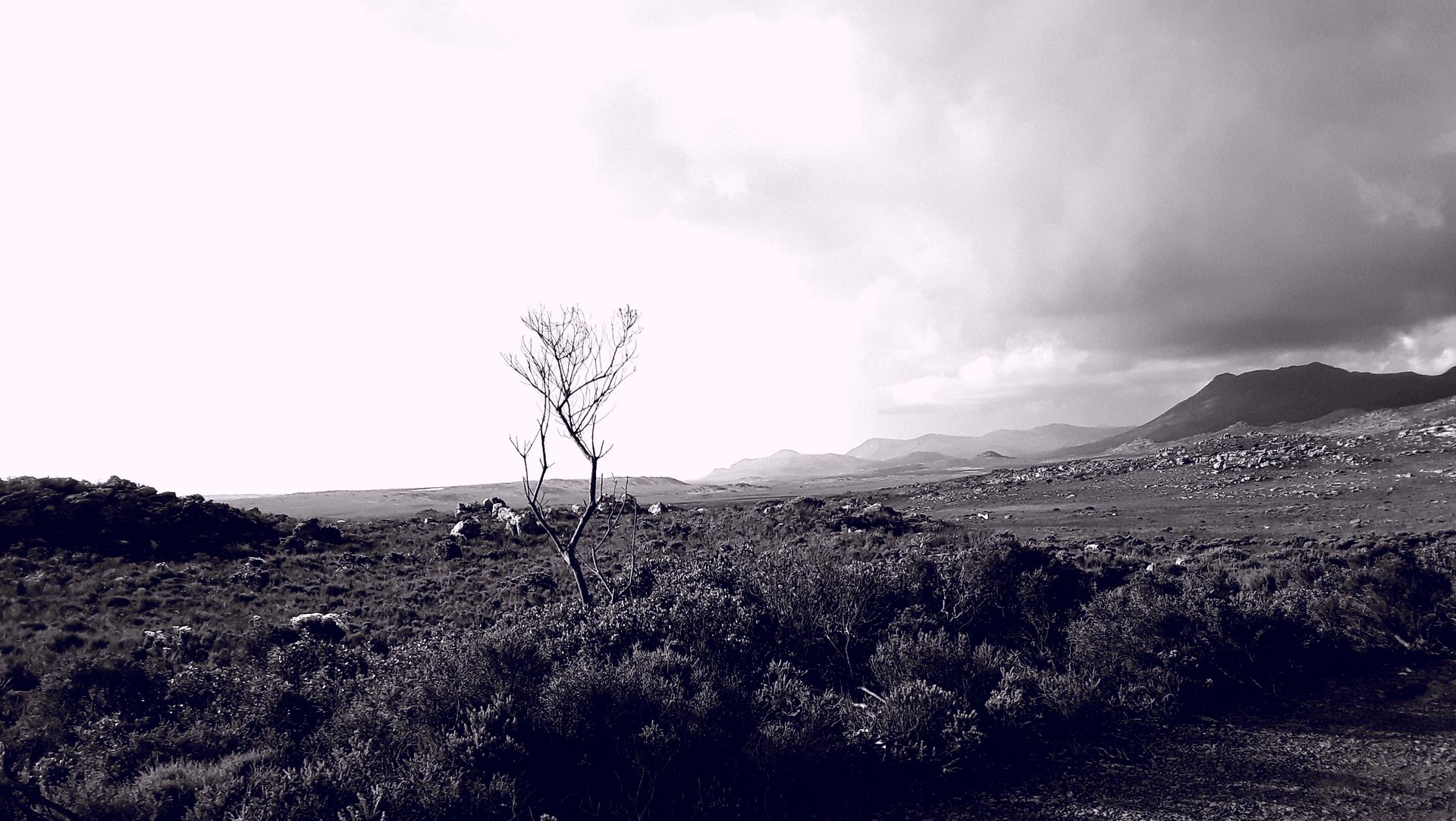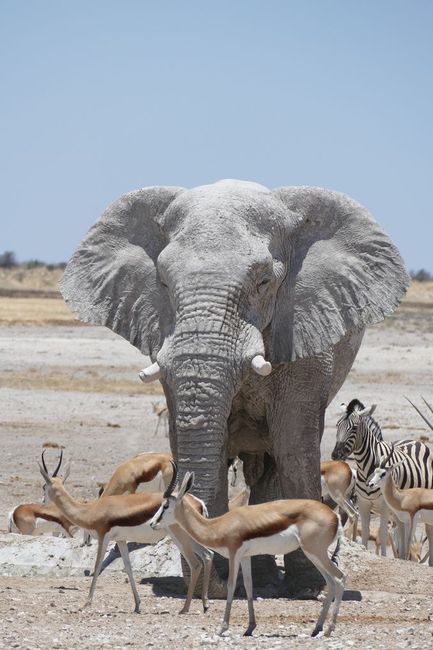
mit-dem-dubs-zu-neuen-ufern
vakantio.de/mit-dem-dubs-zu-neuen-ufern
Welcome to Namibia
Publikováno: 06.11.2018
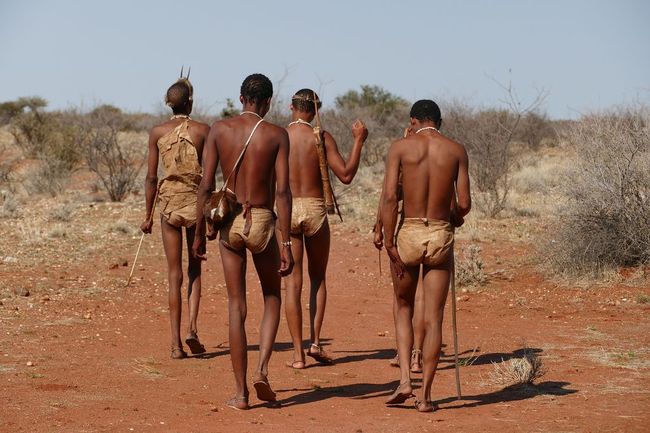
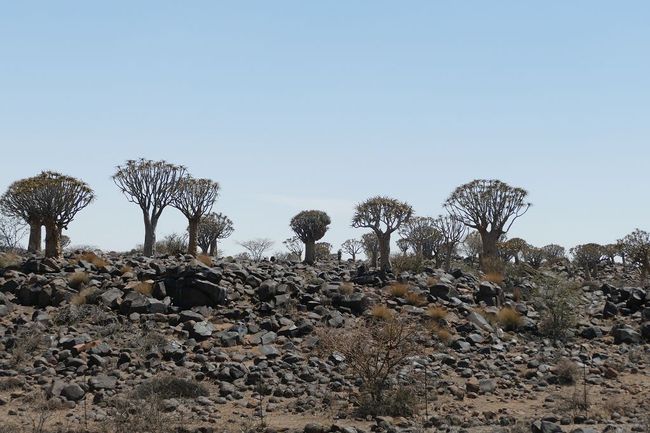
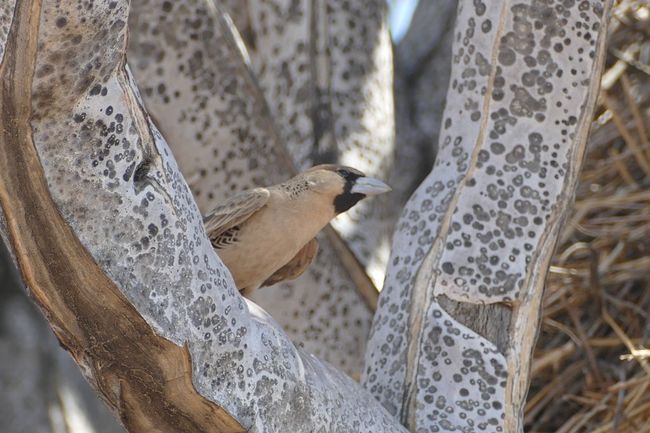
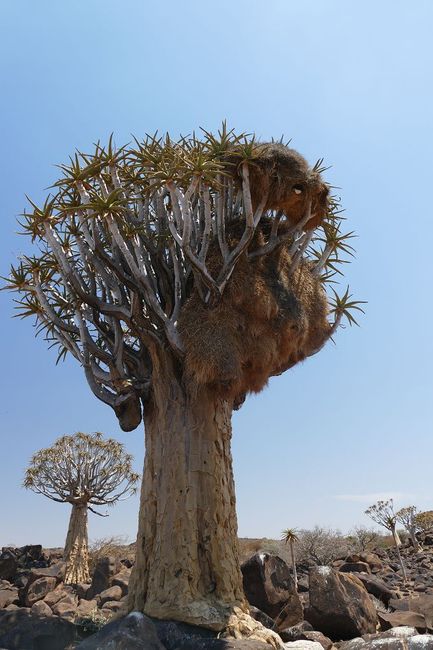
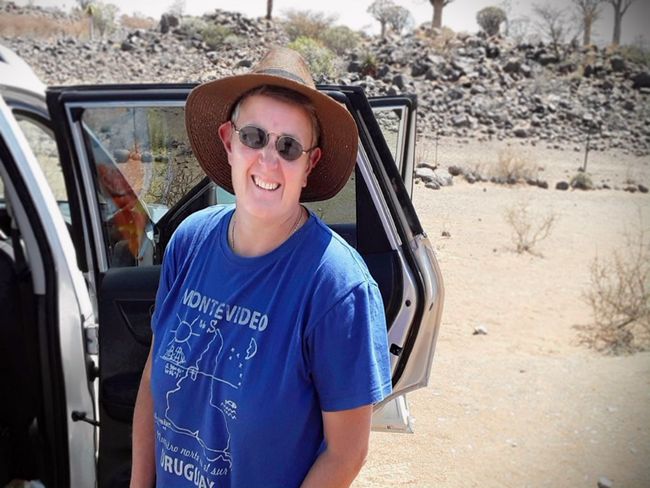
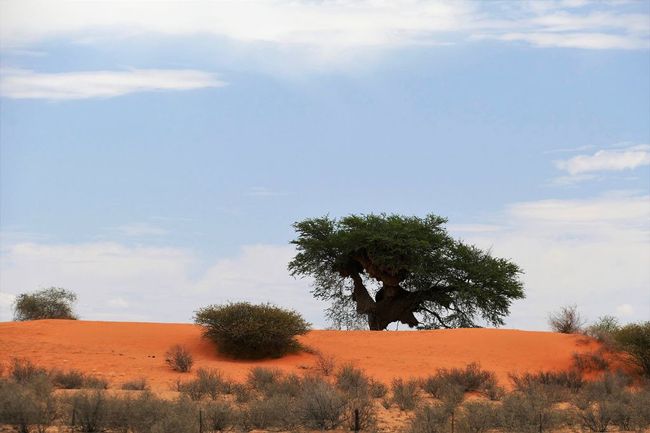
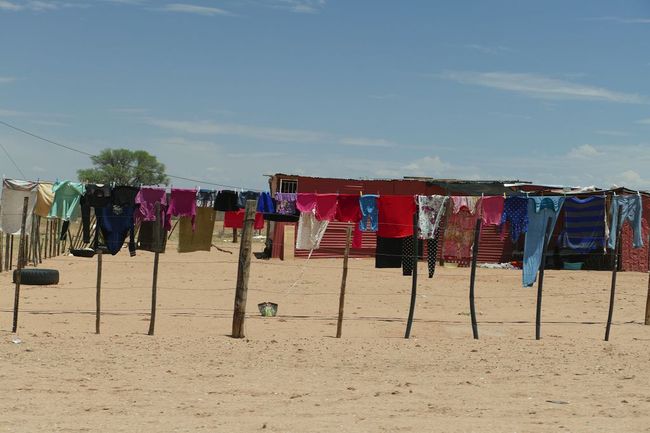
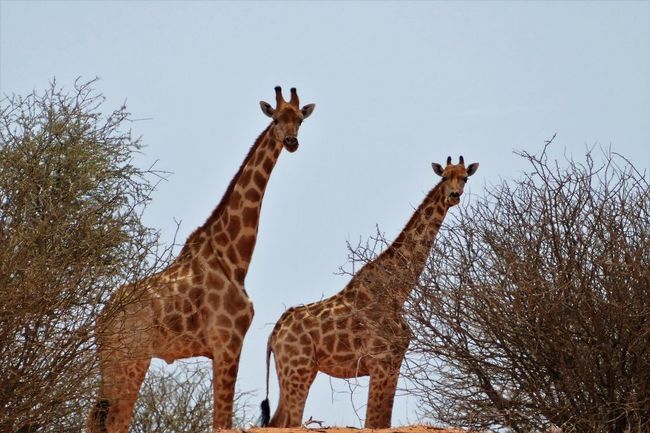
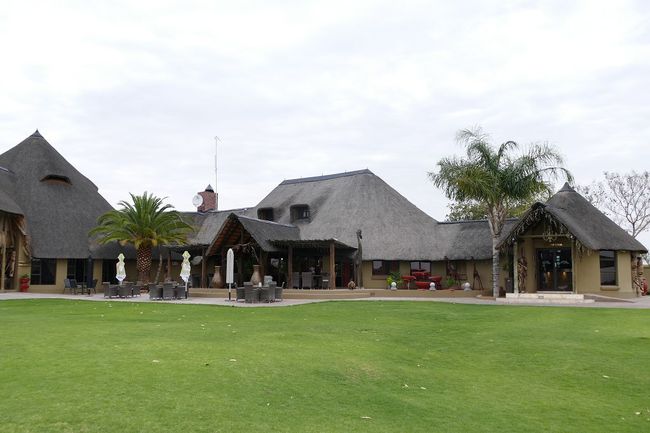
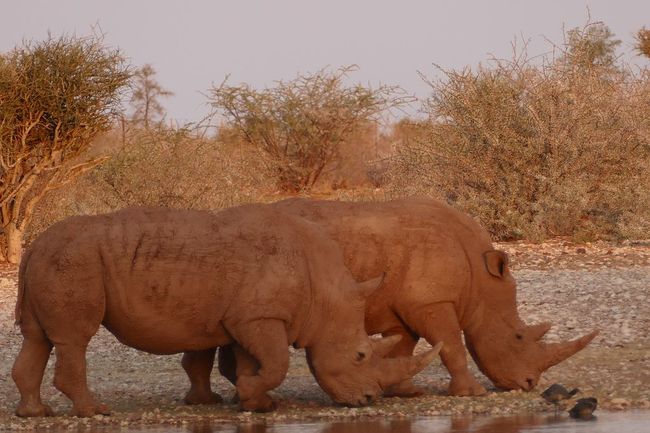
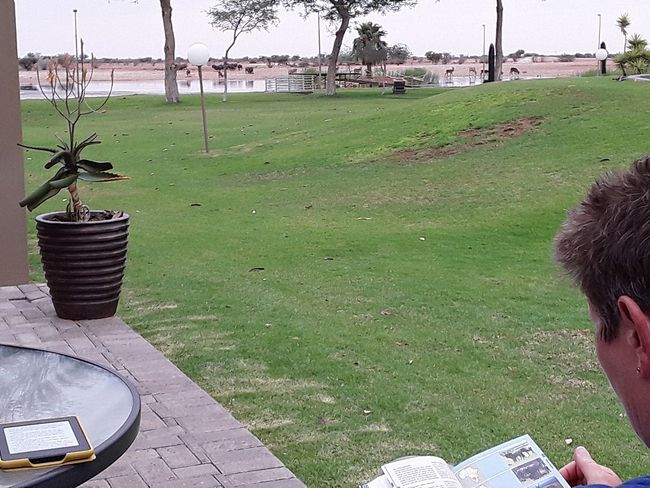
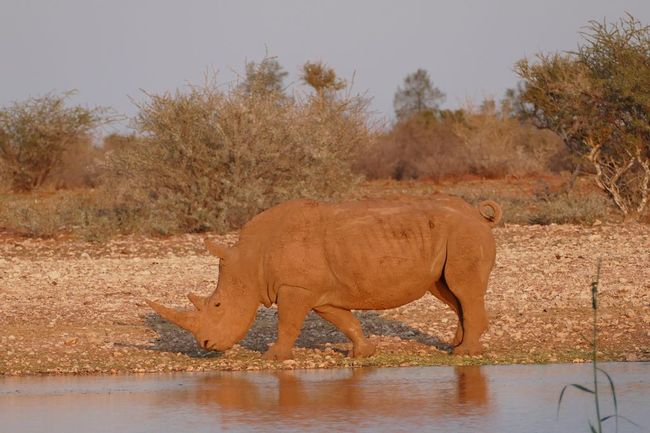
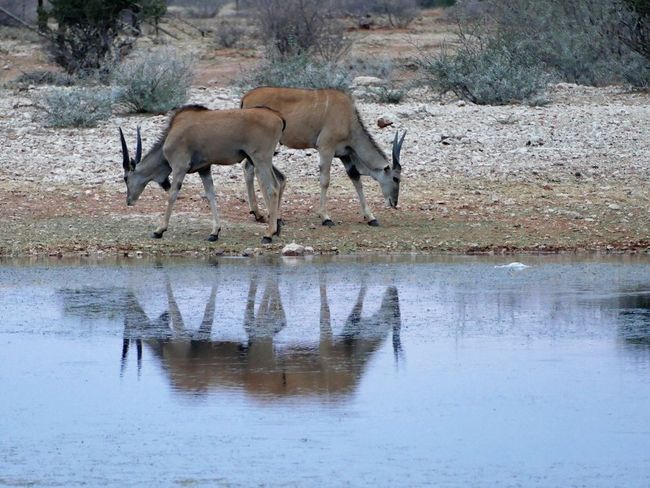
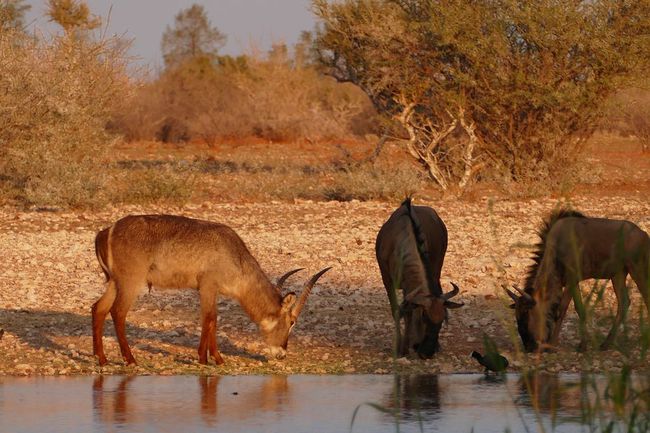
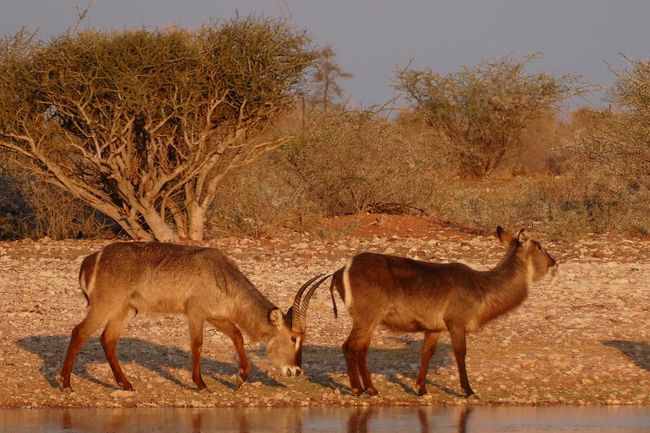
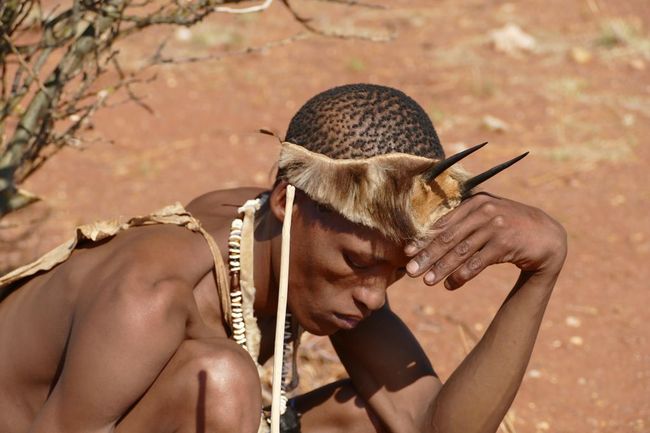
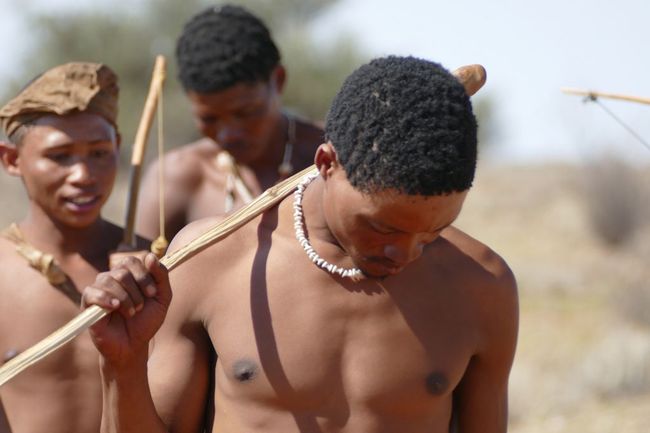
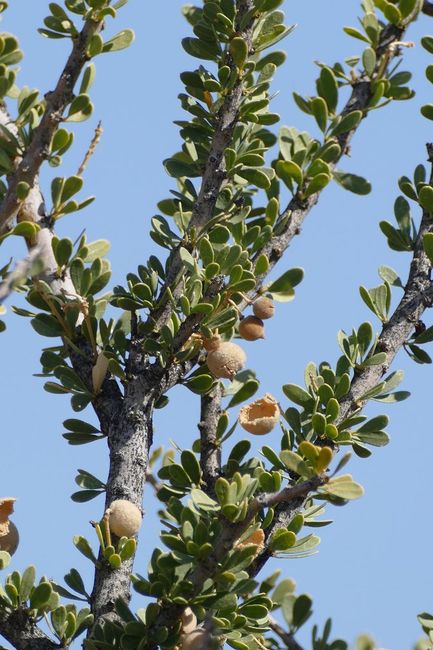
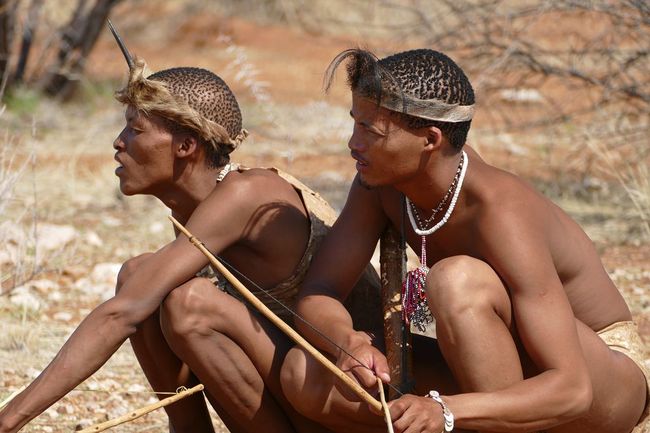
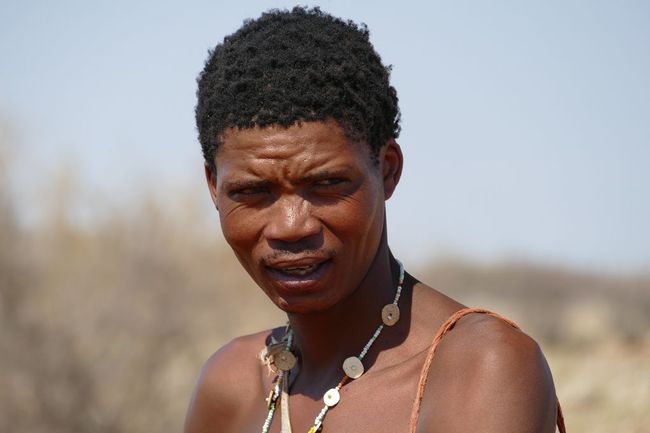
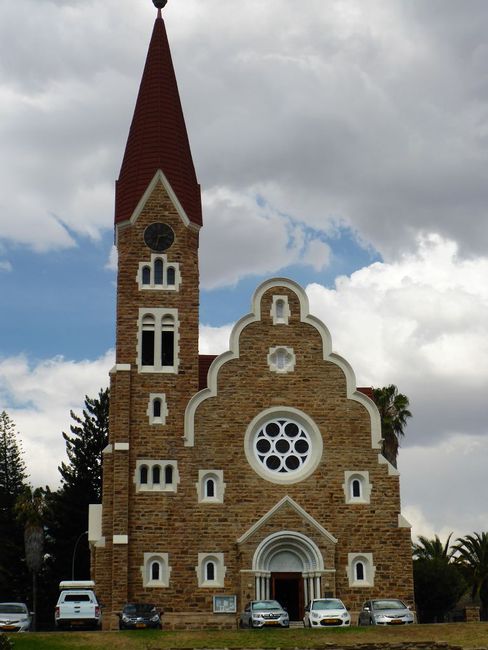
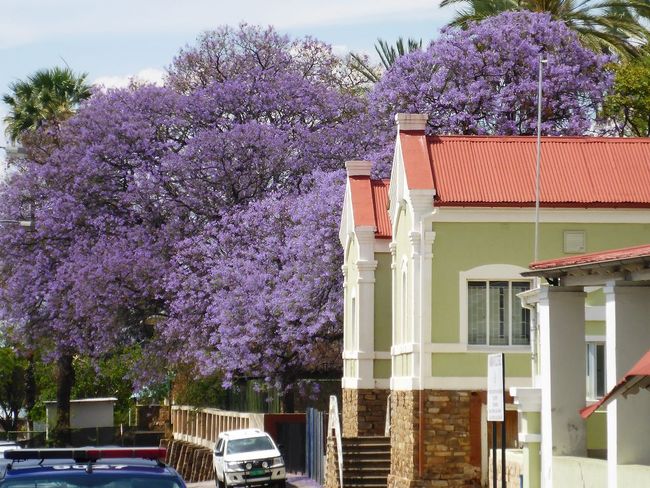
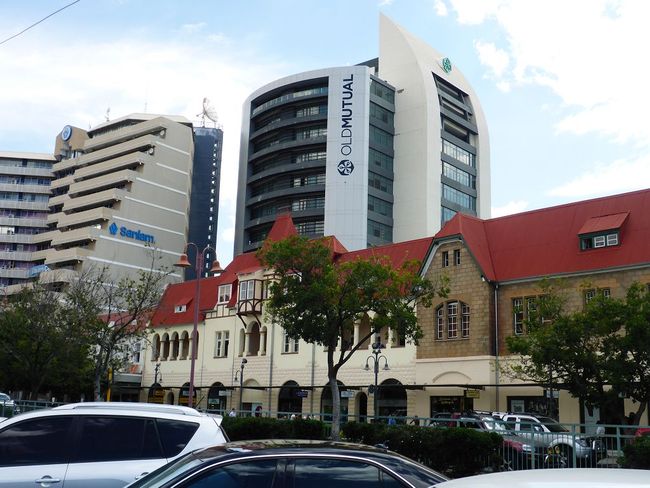
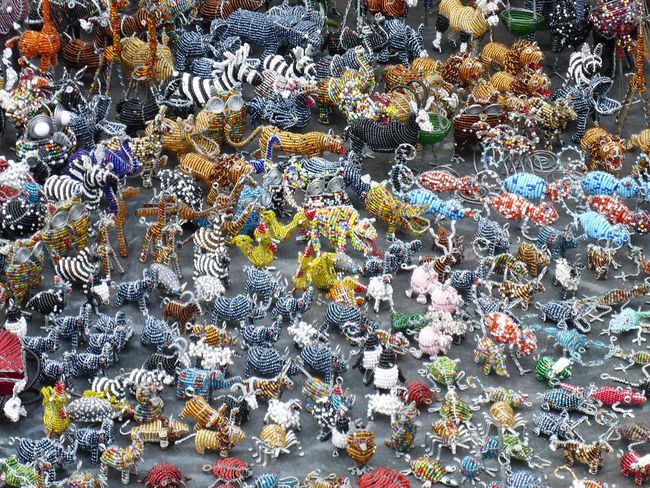
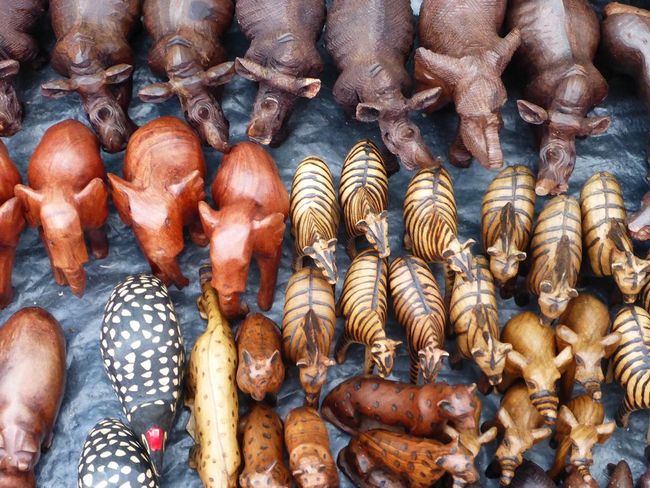
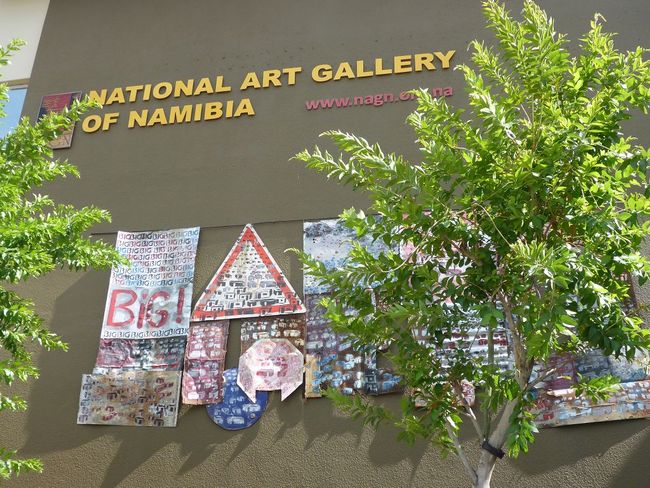
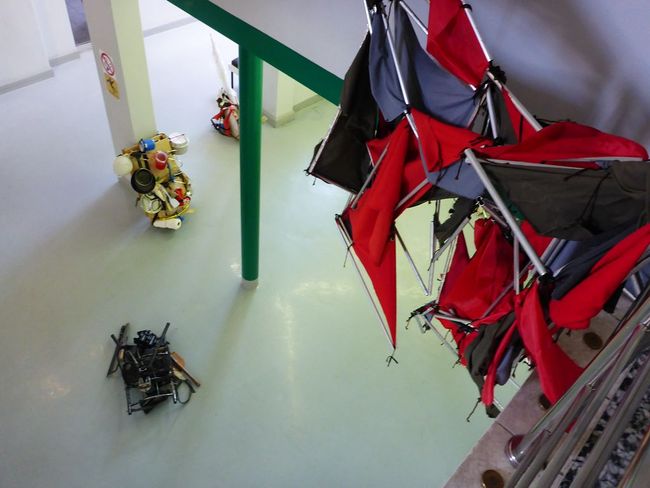
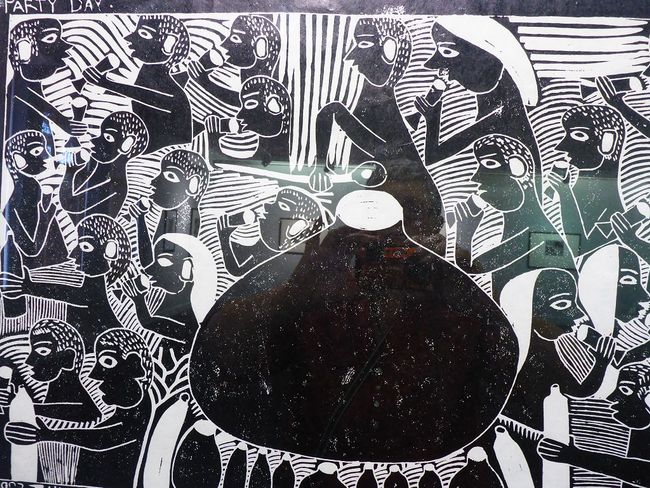
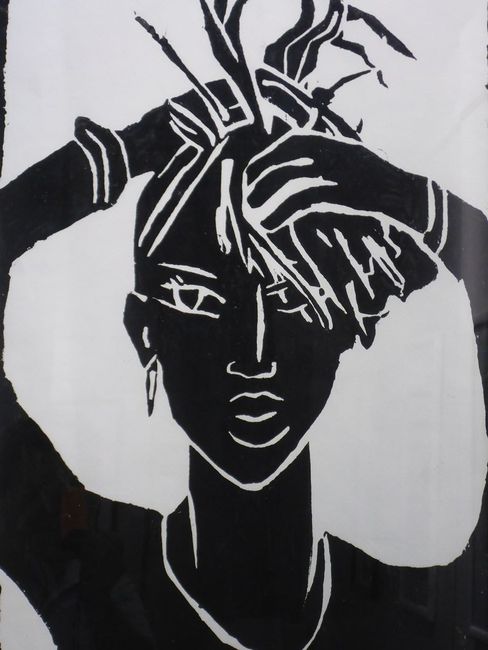
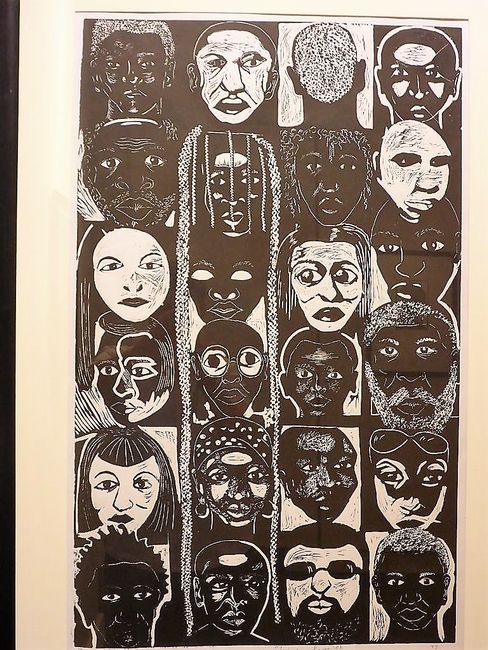
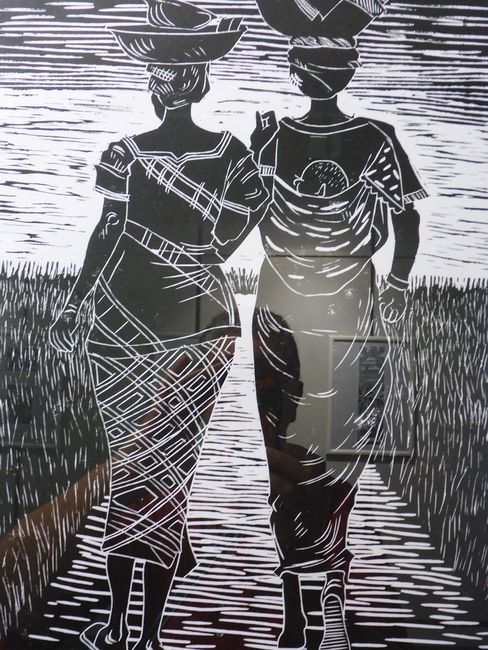
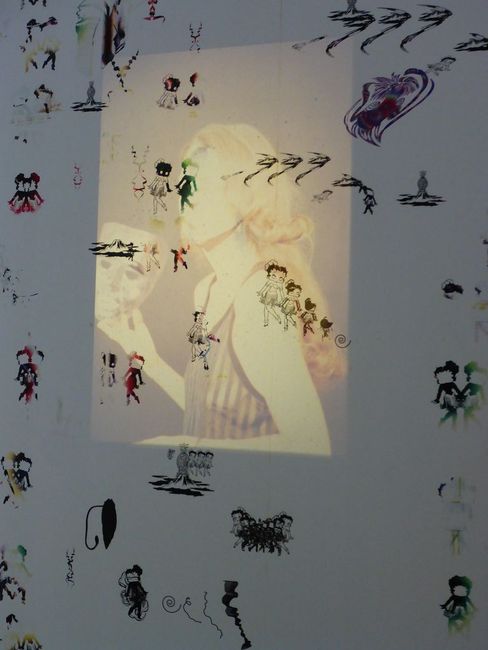
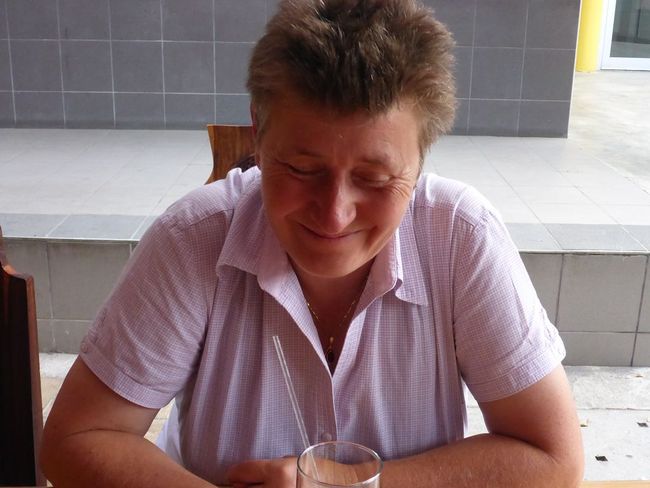
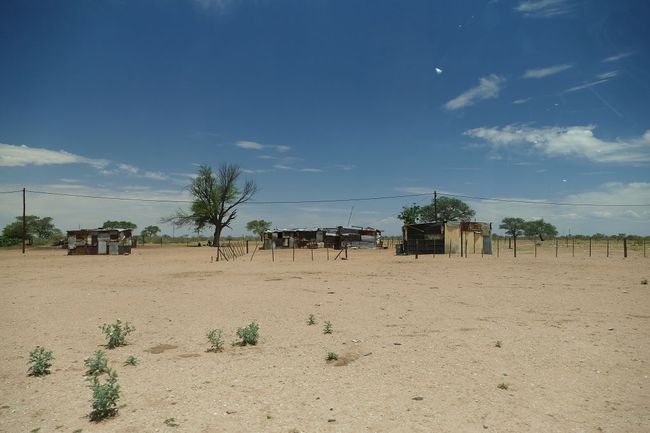
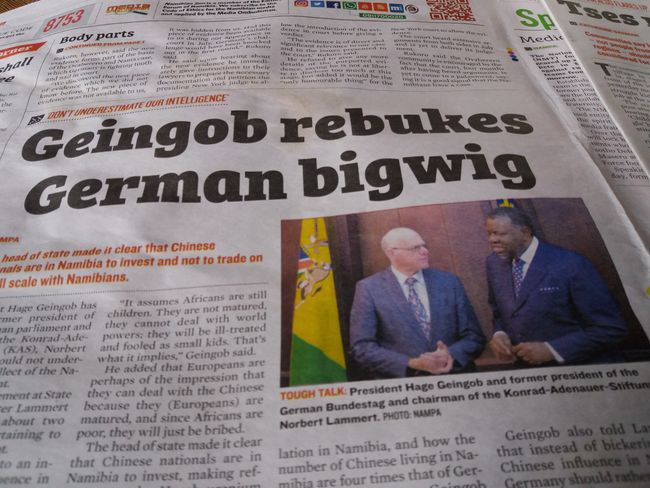
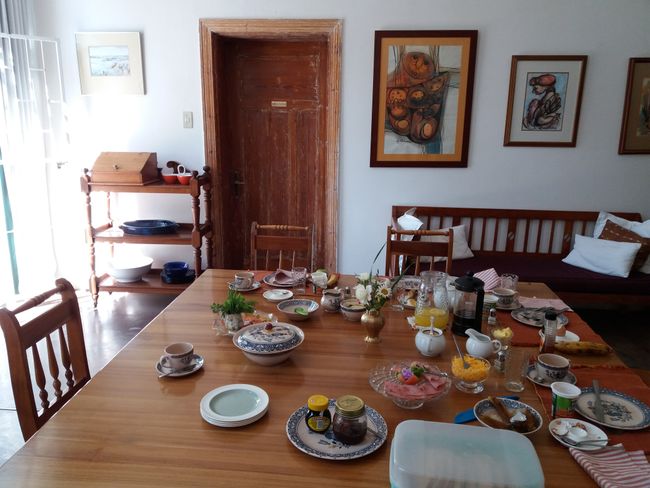
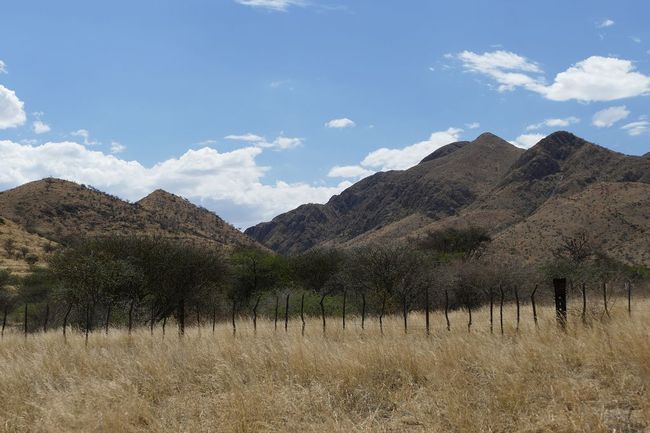
Odebírat novinky
We know little about Namibia. A little something from history class, a little from travel guides, overall a rather incomplete, blurred image. German colony since 1885..... after World War I, Germany also loses its colonies, including 'German Southwest'..... the country becomes an integral part of South Africa in 1921..... in 1960, the SWAPO (South West African People's Organization) is founded, which still receives the overwhelming majority of votes in every election...... in 1968, German Southwest is renamed Namibia by the United Nations Security Council and since 1990, Namibia has been independent.
Nowhere else in the world is the gap between rich and poor greater than in Namibia.
Namibia is more than twice the size of Germany, but has only 2.3 million inhabitants, who are also spread over 10 ethnic groups. About 10,000 inhabitants are white and descended from Dutch Boers or German settlers. This sparsely populated country consists to a large extent of desert, the Kalahari in the east, the Namib in the west, which gave the country its name. The Namib is bounded by the Atlantic Ocean and in the middle is the escarpment, which runs through the country from north to south and separates the interior highland from the coastal plain.
That's all (or rather so little) in theory. We approach the country unsuspectingly and maybe even somewhat naively. We want nature, stunning landscapes, and above all, to marvel at Africa's wildlife, the usual tourist program. What are we struggling with? For example, with the desert. With the endless monotony, the dust, the loneliness. And when you come across a place, it's not an oasis, but a dusty, desolate collection of houses and huts. And with the mood in the country. The people often meet us unfriendly to latently hostile, even in expensive lodges, the atmosphere is rather subdued. We have never felt as unsafe and uncomfortable in any other country as here in Namibia. Perhaps it is because we are not like most other tourists traveling with a tour group or have organized a round trip from one safari lodge to another with a tour operator. We find our way through the country on our own. There are plenty of high-priced accommodation options in this country, which has discovered tourism as one of its most important sources of income, but also many B&Bs, small self-catering apartments, and hotels. So self-organized traveling is relaxed possible. We choose a colorful mix of accommodations and try to book 2-3 days in advance.
Our first destination for an overnight stay is Keetmanshoop, the regional capital in the south. There is nothing, absolutely nothing to report about this city. Our hotel has a nice courtyard and after a short, joyless walk through the desolate downtown area, we retreat there, have dinner and travel on early the next day. We also visit the tourist highlight of the area, a quiver tree forest. Actually, these typical African trees stand alone, but if they manage to form a larger group, it is called a forest here, a fence is built around it and an entrance fee is charged.
We have booked into one of these many safari lodges, one of the more affordable ones. At Lapa Lange Lodge near Mariental, a comfortable hut with a terrace awaits us, the obligatory mini-pool, and a lawn with sun loungers around a waterhole, where gnus, a few eland antelopes, waterbucks, and - drumroll - two rhinos come in the dusk. Not really to drink, but mainly to eat the fresh hay that an employee had spread out shortly before and that the animals seem to be waiting for every evening. It is picturesque, but rather like a zoo atmosphere and an afternoon pastime for the guests. For a lot of money, you can still go on a safari drive at dusk or early in the morning, but we do without it. Just like the expensive dinner every evening - we eat sandwiches on the veranda, which is also nice.
What we might do is take a Bushman walk with a group of San people. The San people live in the Kalahari, some tribes still as hunters and gatherers to this day, many others in reserves. Unlike the bizarre show on Lake Titicaca, it is clear from the beginning here that it is a 'living museum' where the San men show us how their ancestors lived and hunted in the desert. We are the only ones who have signed up for this march through the desert, so we hike it alone with 5 young San men and an interpreter. We learn which plants are edible, which ones help against stomachaches, headaches, or sunstroke, which ones help against colds and which ones are used for brushing teeth. We identify different animal tracks, recognize the direction of movement of the animals, and see different hunting methods. Of course, we took a lot of pictures, but we are very glad that nobody took pictures of us. It is certainly a great sight, two elderly ladies with long pants, sturdy shoes, and quirky headgear trudging through the desert with five skinny, almost naked men.
After two days, we leave the lodge and head towards Windhoek, it's time for a bit of city air. We have found a nice self-catering accommodation in a suburb. At 'Brian's View', a chic, very modern apartment with a great bathroom and a cozy veranda awaits us. We make a salad and enjoy the evening on the veranda, it’s already too late for the city. Life here has a different rhythm, even in cities. The shops, even the fancy shopping malls, close at 5:00 p.m., and from 5:30 p.m. you don't see a single soul on the streets. Those who go out in the evening, for dinner or to a club, drive by car to the guarded parking lot in front of the restaurant. We read a lot of safety warnings, and our host also warns us about dark-skinned young men and women who speak perfect German and would ask for “donations” for their (non-existent) sports clubs or something similar, initially friendly, but later becoming aggressive and coercive, even armed. We drive to the city with a very mixed feeling, leaving all valuables and papers in the safe and park our car in a 'guarded' parking lot in front of the Christ Church. After a few meters, we are promptly addressed in pure High German, but we deny our origin, answer in Spanish, receive a friendly 'Welcome to Namibia' and are left alone. Windhoek has little to offer, it is rather an ugly city without beautiful buildings or a big-city atmosphere. The feeling of threat is omnipresent and does not make it any better. We amuse ourselves for a while at the truly nice craft center, an arts and crafts market, have lunch at a hotel, and observe how the black middle class enjoys themselves at the hotel bar.
In the afternoon, we visit the National Art Gallery, the most important museum for modern art in Namibia. The exhibition of one of the most famous Namibian artists, who works with a traditional linocut technique, is interesting. The rest is rather insignificant, so we are spared from feeding the parking meter for another hour. We spend the early evening again on the veranda and have a short conversation with our hosts. They are surprisingly well-informed about current German politics, regret Merkel's resignation as party leader, call Mrs. Merkel 'the leader of the free world' and are worried about the right-wing shift in Europe as well as the unpredictable Trump.
In the evening, we go to Joe's Beerhouse, one of the most popular restaurants in Windhoek with more than 500 seats and a huge beer garden. Mostly tourists come here and enjoy zebra, springbok, and kudu meat. We live only a few meters away and can therefore walk here, a privilege in a country where everyone travels all distances by car.
Our next destination is Etosha National Park. The distance is too long for one day, so we plan an overnight stop in Grootfontein. To relieve our strained budget a little, we opt for an affordable bed and breakfast. The hosts have converted their family home into a small guesthouse and we sleep in rooms full of old furniture and beautiful pictures. The guests have access to the large old kitchen and a cozy living room with a huge dining table. We find it very nice here and we are not bothered by the fact that the shower and toilet are open in the room. We are welcomed with a pot of coffee and pastries and join two young women on the cozy veranda. Anna-Lena and Alicia work for the Konrad Adenauer Foundation, Anna-Lena has been living in Namibia for three years and is married to a Boer. The two are currently preparing for the 30th anniversary celebration of the Konrad Adenauer Foundation and the visit of Norbert Lammert, former President of the Bundestag and current Chairman of the Foundation, to Namibia. We have bought plenty for a big salad, the two have 2 bottles of Namibian wine in their luggage, and we share everything like sisters and chat late into the night on the beautiful terrace. It is very exciting for us and we ask Anna-Lena and Alicia many questions about life in Namibia and the social and political situation in the country. A few days later, we read in the daily newspaper, which is distributed here in both English and German, about the official German visit, about President Geingob's rude words towards German bigwigs. He refers to Mr. Lammert as a 'bigwig' and warns him not to underestimate the intelligence of Namibians. Reconciliation and relaxation sound different.
Odebírat novinky
Odpovědět (2)
anna
... ich glaube sonst habe ich bis jetzt immer nur gelesen wie schön Namibia sein soll ... verrückt ... passt schön auf euch weiter auf !!! ...Barbara
Ilse: dieser Bericht sagt mir, daß "Aufpassen" extrem wichtig ist!!!!!